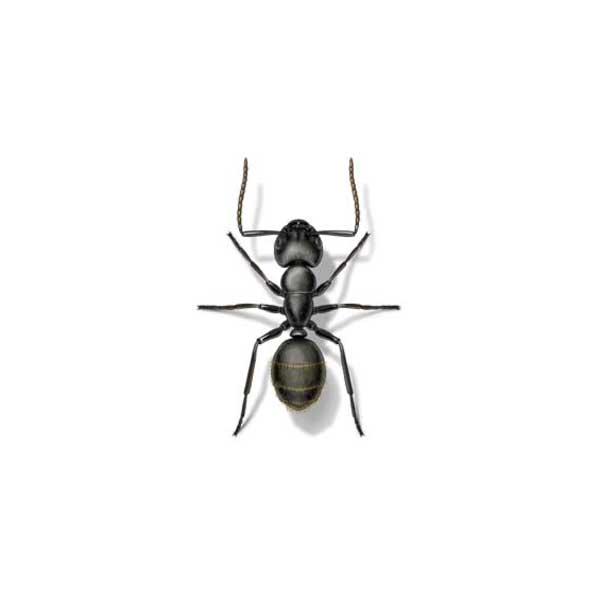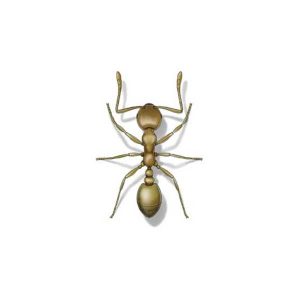Carpenter Ants in Georgia
Carpenter ants are wood-destroying insects that are often confused with termites. Found throughout Georgia, these wood-destroying pests can tunnel out support beams. As they make their way through entire buildings, they can cause entire walls to collapse. The difference between carpenter ants and termites is that carpenter ants do not eat wood. Carpenter ants tunnel and nest through the wood, excavating cavities to raise their young. Signs of wood excavations can signal an infestation.
Carpenter Ant Habitat
Outdoors, carpenter ants prefer damp wood, nesting in rotting tree stumps, firewood, and wood fencing. Indoors, they infest building materials such as wood or foam insulation. They can also occupy cavities like those found in hollow doors or window frames. Although carpenter ants are often found outdoors, they typically make their way inside a building through cracks in foundations, or even by climbing through plumbing or electrical openings into the home.
Carpenter Ant Behaviors, Threats or Dangers
Carpenter ants rarely bite and are not typically thought of as dangerous. The real concern with an infestation of carpenter ants is their ability to damage and weaken the structural integrity of homes and buildings. Populations can reach huge numbers and production satellite nests will begin to form, branching out from the original colony. Similar to termites, carpenter ants will swarm at a certain point in order to mate and establish new colonies. Seeing winged, flying ants in your home is a sign of an infestation, requiring a professional ant exterminator.





